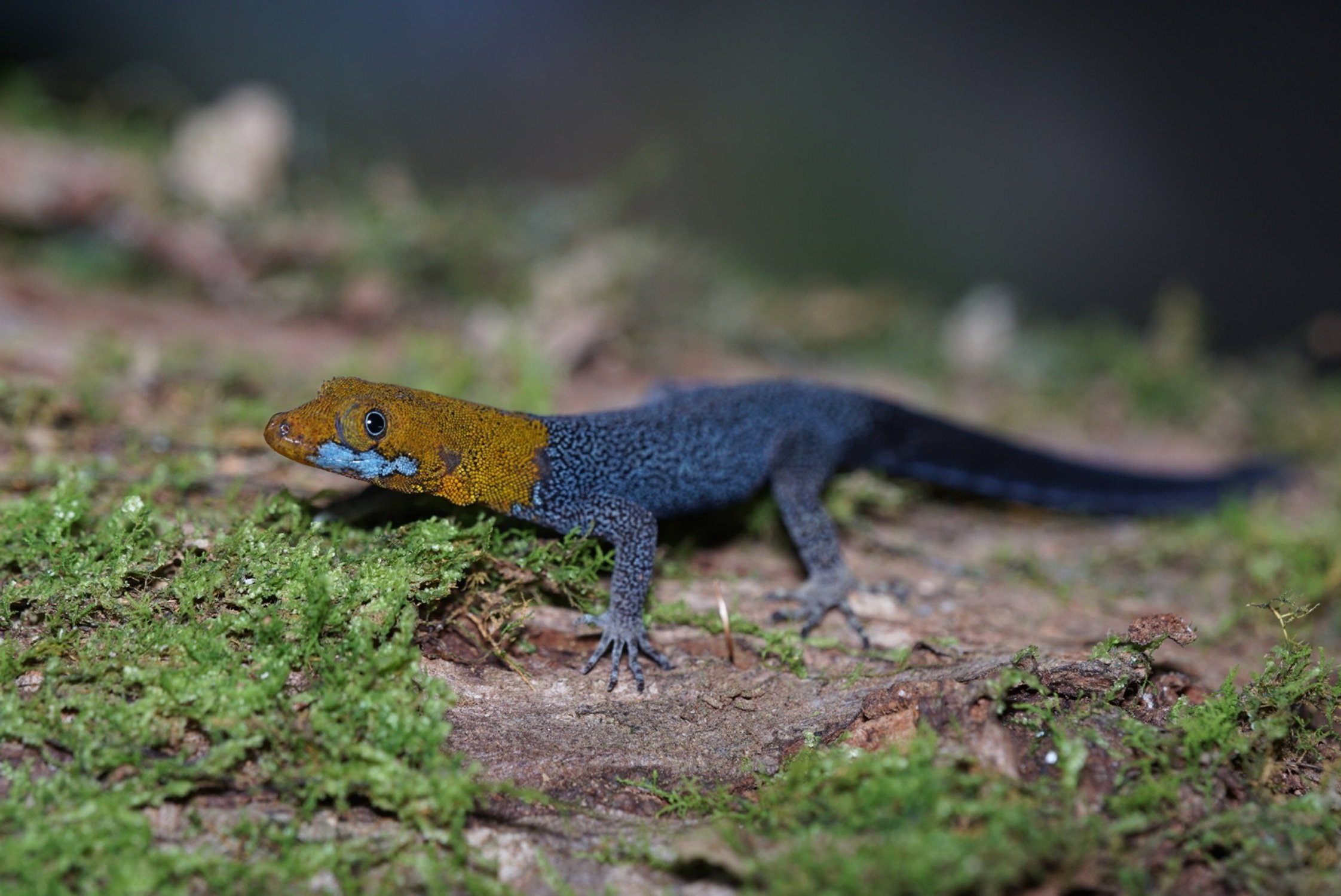
Research
Research interests
-

Rules of Life: Integrating responses to environmental change: roles of behavior, plasticity, and evolution
Here, we build on an existing transplant experiment that moved Anolis lizards from a single source population to islands in the Panama Canal that vary in habitat structure and local climate. We will follow phenotypic and genetic change in real time as populations adapt to their new environments. We will combine ecological data collected in the field over multiple generations with laboratory physiological assays, phenotypic plasticity and gene expression experiments, and genome scans to understand how interactions between behavior, plasticity, and genetic change mediate population persistence when environments change.
Project Mike Logan Lab
-

Diversificação e o futuro dos répteis do ecótono Amazônia-Cerrado e Arco do Desmatamento da Amazônia Brasileira
O objetivo central dessa proposta é investigar a diversificação e ecofisiologia de lagartos no ecótono Amazônia-Cerrado para entender como atividades humanas e mudanças climáticas influenciam a biota dessa importante zona de transição, visando a conservação da biodiversidade.
Coordinator: Prof. Dr. Fernanda Werneck.
Photo: Roberta Murta
-

Evolution of genetic diversity and the future of biodiversity at the Amazon-Cerrado ecotone
In this project we use data from independent molecular markers (mitochondrial genes and nuclear SNPs) to investigate fine-scale spatial patterns of genetic variation and population structure of two co-distributed lizards in the Brazilian Amazon-Cerrado ecotone.
Coordinator: Prof. Dr. Fernanda Werneck.
Photo: Rodrigo Tinoco
-

Caracterização taxonômica e molecular da herpetofauna da Serra da Mocidade, Roraima, Brasil
Neste projeto investigamos a diversidade de espécies de anfíbios e répteis da remota Serra da Mocidade, localizada no Pantepui brasileiro. Também discutimos as tendências de distribuição biogeográfica e destaques taxonômicos. A expedição à região foi realizada entre janeiro e fevereiro de 2016 e amostrámos os espécimes através de sete métodos complementares, em quatro faixas altitudinais distintas: 600, 960, 1060 e 1365 m acima do nível do mar. Esta é a primeira grande expedição herpetofaunística realizada nesta região e esperamos contribuir para o conhecimento básico desses grupos em áreas remotas amazônicas.
Coordinator: Dr. Fernanda Werneck.
Photo: Haroldo Palo
-

Comparative BIogeography of Amazonian amphibians - COMBIA. GUYAMAZON
The COMBIA project proposes an integration between amphibians specialists in the Neotropical diversification to: (1) delineate Amazonian anuran species in eight major taxonomic groups, and (2) carry out comparative biogeographic analyzes covering the entire Amazonia using the DNA Next generation sequencing.
Coordinator: Prof. Dr. Fernanda Werneck.
Photo: Santiago Ron
-

Determinantes da diversidade genética e evolução no ecótono Cerrado-Amazônia. Para Mulheres na Ciência-2016
A presente proposta objetiva implementar abordagens integrativas de genética de populações e de paisagem, utilizando dados genômicos de última geração, para testar hipóteses acerca da diversificação de espécies de lagartos que habitam a Amazônia e o Cerrado e o ecótono entre eles. Tais testes irão investigar o papel do ecótono na evolução dos organismos, e proverão informações essenciais acerca dos processos climáticos e geográficos que influenciaram a estrutura genética de populações em espécies que habitam o ecótono.
Coordinator: Prof. Dr. Fernanda Werneck.
Photo: Rodrigo Tinoco
-

Understanding South American biogeography: case studies of widely distributed South American lizards (Reptilia: Squamata)
Our goal was to use recent statistical advances to look at, and try to understand the process, ranging from phylogeographic differentiation within species, to the incipient divergence of recently derived taxa, to the phylogenetic relationships among taxa. This will include coalescent-based approaches that use explicit models to test hypotheses about the divergence process.
Coordinator: Prof. Dr. Tereza Ávila Pires.
Photo: Rodrigo Tinoco
-

Anurans in a forest remnant in the transition zone between Cerrado and Atlantic Rainforest domains in Southeastern Brazil - Floresta Estadual Uaimií
The project goal was to study species richness and temporal distribution of an anuran community in Uaimií State Forest (Floresta Estadual do Uaimií - FLOE Uaimií), a conservation unit in the municipality of Ouro Preto, at Quadrilátero Ferrifero region, Minas Gerais state, with comments about the biogeography of southeastern region of Brazil. Additionally, it describes the annual reproductive activity patterns, based mainly on vocalization activity.
Coordinator: Prof. Dr. Renato Feio.
Photo: Renata Pirani
Collaborators
-

Prof. Fernanda P. Werneck
-

Prof. Michael Alfaro
-

Prof. Lacey Knowles
-

Prof. Andréa T. Thomaz
-

Prof. Joyce R. Prado
-

Dr. Pedro Peloso
-

Dr. João F. R. Tonini
-

Prof. Santiago Ron
-

Dr. Mário R. Moura
-

Msc. Leandro J. C. L. Moraes
-

Prof. Diego Santana
-

Dr. Sarah Mângia